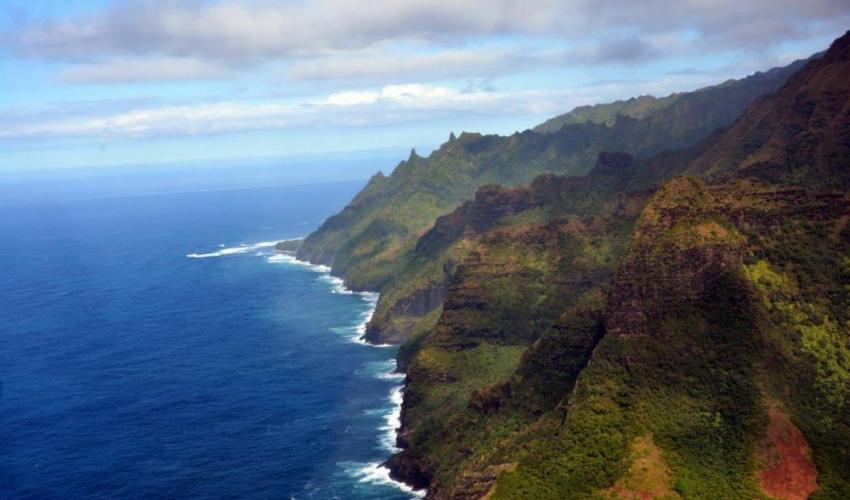Restoration efforts in the Hakalau Forest National Wildlife Refuge show what it takes to regain healthy forests and ecosystems for the individuals and communities who depend on them.
Healthy forests provide ecosystem services vital to human lives, wildlife and the climate. They are also important economic assets in tourist destinations like Hawai’i. The total value of Ko‘olau Mountains Forest in O’ahu, Hawai’i’s third biggest island, is estimated at between US$7.4 and 14 billion. Forests are also hugely important to Hawaiian cultural traditions and spirituality, home to thousands of native species not found anywhere else in the world, and a primary source of fresh water for many island communities.
But Hawaiian forests are under threat. Over half of Hawai’i’s native forest cover has disappeared. Historically, agriculture, logging, development and unchecked grazing were the biggest threats to Hawaiian forests. Now, it is invasive plants and animals.
Hakalau Forest National Wildlife Refuge was created by the United States Fish and Wildlife Service in 1985. It spans 15,390 hectares on the slopes of Mauna Kea and Mauna Loa on Hawai’i Island. It is home to some of the finest remaining native montane rainforests statewide, as well as rare and endangered bird species including the tiny and beautiful ‘ākepa bird (Loxops coccineus). Restoration efforts have been largely successful, and ecosystems are recovering.
Today, about 80 kilometers of fencing keeps pigs, goats and cattle off this unique landscape. Over 7,000 endangered Hawaiian plants have been sown, including 500,000 koa (Acacia koa) and ‘ōhi’a (Metrosideros polymorpha). Endangered native birds can feed once more on the returning species. Restoration efforts have depended largely on hundreds of volunteers, cultural knowledge, research and partnerships.
“The Refuge stands out as an inspiring example of thirty years of cooperative conservation, where forest birds are stable to increasing over time,” says Refuge Manager Jim Kraus.
Hakalau is not the only successful restoration initiative in the island State.
Thanks to collaborative efforts and dedicated volunteers, native shrub cover increased from three percent to 82 percent between 1997 and 2012 in native dryland forests on the Ulupalakua Ranch in Auwahi, Maui.
The planned Kapāpala Canoe Forest, part of a 509-hectare State-owned forest in Ka’ū on Hawai’i Island, has been identified as one of the few remaining places with koa trees that are big enough and otherwise suitable to be used for making log canoes – a Hawaiian tradition.
“Koa has three strengths,” says Katie Stearns of the United States Forest Service (USFS). “It’s a native species and a nurse tree for native ecosystem restoration; it has economic value that can motivate the private sector to plant and manage it; and it’s culturally important.”
A plan to bring youth to the Kapāpala Canoe Forest for cultural and environmental education and forest stewardship is currently taking shape with involvement from various stakeholders.
The Bonn Challenge is a global initiative to have 350 million hectares of deforested and degraded land under restoration by 2030. Countries and companies have pledged to participate. In advance of the IUCN Congress, IUCN and the United States Forest Service are co-hosting an event in Hawai’i to push the initiative forward.
Forest management will be central to the discussions at the IUCN World Conservation Congress 2016 taking place this September in Hawai’i.











